The 10 most beautiful border crossings in South America
At a time like this, when we can't travel and most borders are closed, I dream of my most beautiful moments of travel and hope to be able to add moments soon. For example, my thoughts go out to the routes I have taken with a car. I have driven more than 80,000 kilometres in South America and I have crossed many borders by car. In this blog I have listed my 10 most beautiful border crossings in South America.
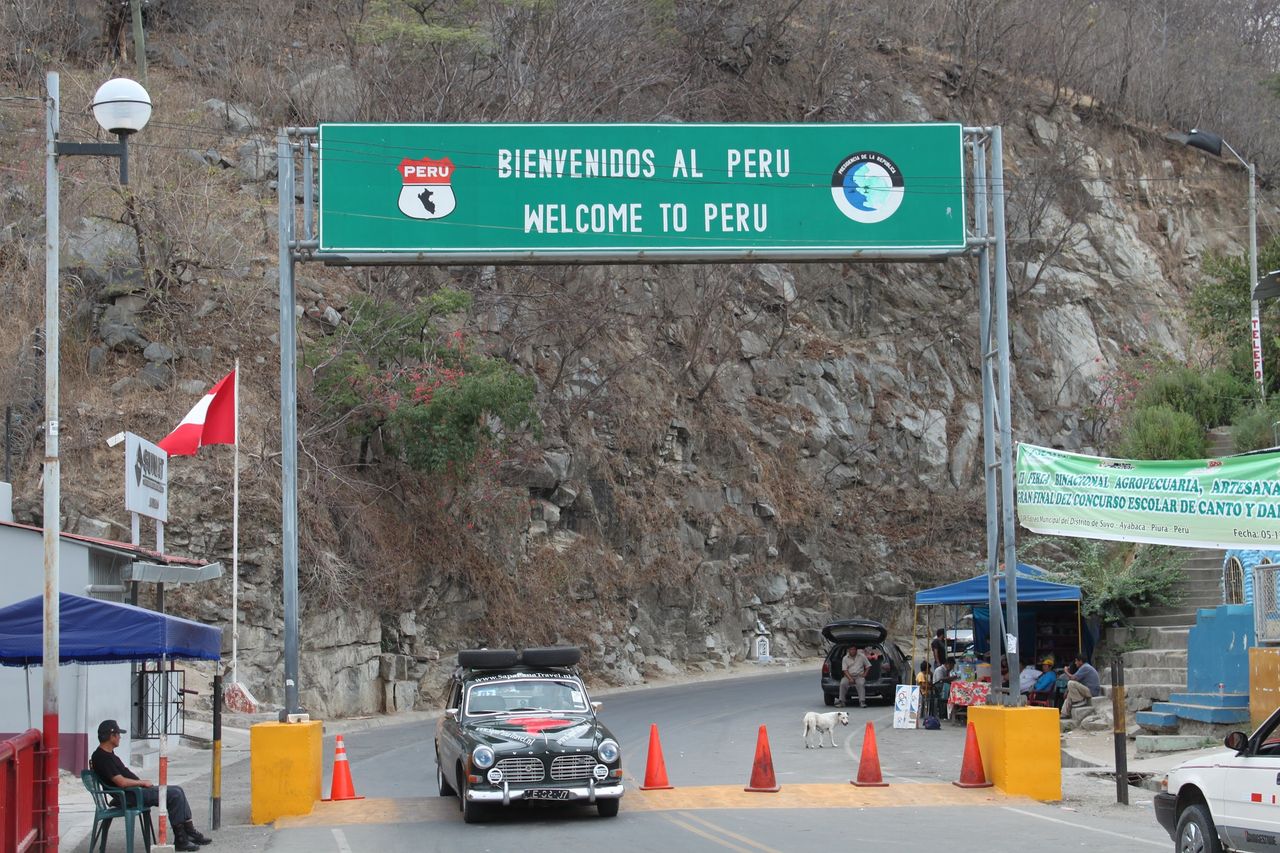
What makes border crossings so special
My heart always beats faster when I reach a border. In Europe we don't really know it anymore. We cross the border and see it on the signs along the road and on our navigation. But in Latin America this is different. I like the hustle and bustle at borders. People are on the road, enter a new country, full of dreams and expectations of the new destination. The portraits of the leaders of that country hang on the wall. At first glance they seem to have been hanging there for hundreds of years, yet they are replaced every time the regime changes. For me, the most beautiful border crossings are the small border crossings in remote places. The places where you literally have to stop in front of a barrier, which is then raised by hand by the customs officer on duty when the necessary formalities have been completed.
1. The highest border crossing in South America
Paso de Jama between Chile & Argentina
This border crossing is located in the north of Chile and Argentina and connects the Chilean town of San Pedro de Atacama with the city of Jujuy in Argentina. The border is located at about 4200 meters above sea level and is considered one of the highest border crossings in the world. A few tens of kilometres from this border crossing on the Chilean side, the route even passes an altitude of more than 4800 metres. Sometimes the border crossing is closed due to heavy snowfall on the highest part of the route.
The route passes through a protected nature reserve with impressive volcanic peaks and salt lakes where large swarms of flamingos live. In the north of Argentina the route leads through an undulating landscape, passing the salt plain Salinas Grande and reaching the picturesque town of Purmamarca at the foot of the hill with its seven colours. When you drive on to Salta you drive the last part of the route through a cloud forest.

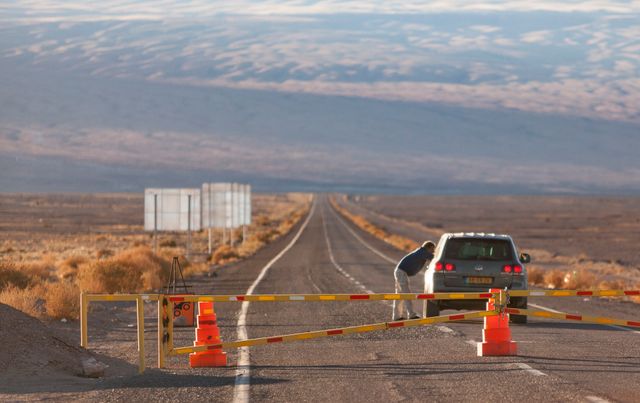


2. Back in time
Kasani between Peru & Bolivia
If you like the bustle, dusty customs offices with a lot of paperwork and strict looking customs officers, with a bunch of fake flowers on their desk, then Kasani is the place to be. This border between the Peruvian city of Puno and the Bolivian town of Copacabana lies at Lake Titicaca. The lake lies at 3,850 meters above sea level and is considered the highest navigable lake in the world. Between the two border posts is about one kilometre of no man's land with an old stone entrance gate in the middle. At both the Bolivian and Peruvian border post you will find an old-fashioned barrier which, in case you are travelling by car, is raised after all formalities have been completed.
Around the border there is always a nice crowd. Indian women in traditional costumes who with their characteristic bowler hats sell their wares. The route to and from the border post is beautiful and runs mainly along Lake Titicaca. To reach the most important Bolivian city La Paz from Copacabana, you have to cross Lake Titicaca with a small ferry. Two cars or one touring car can be placed on these ferries.
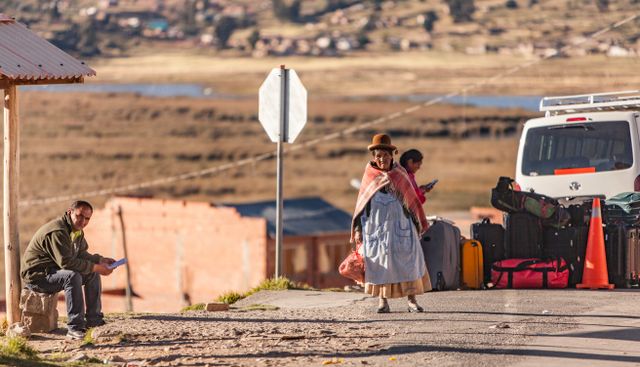
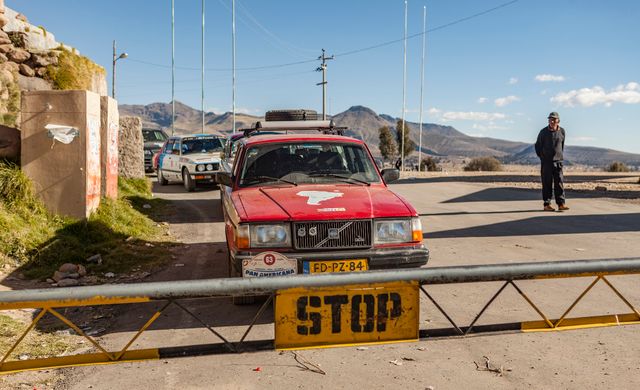
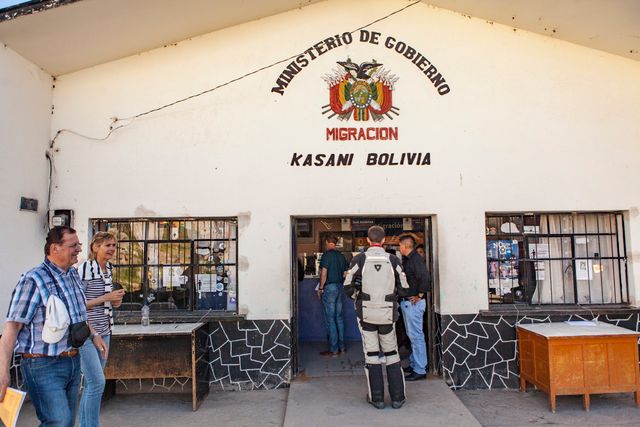
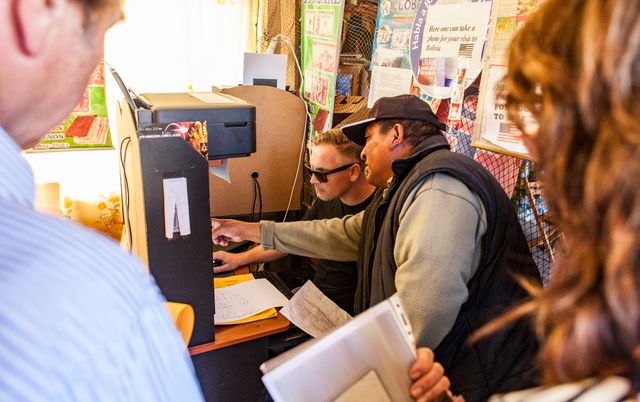
3. Border triangle without borders
Border crossing between Colombia, Brazil and Peru
I want to mention this border because it's not really a border. Leticia is a Colombian town on the Amazon River, which flows into the Brazilian town of Tabatinga. When you cross the Amazon river with a boat from these places, you arrive in Peru. The special thing about this border triangle is that there are no border posts. This way you can travel from one country to another. How is this possible? This is because the indigenous Amazon people live in this region. These cultures don't recognize the borders set by the Western world and this is respected by the authorities of the three countries involved. In this region I spoke to Señor Antonio Bolivár Salvador. He is a tribal elder of the Ocaima culture and he told me about the importance of preserving these cultures that live cross-border.
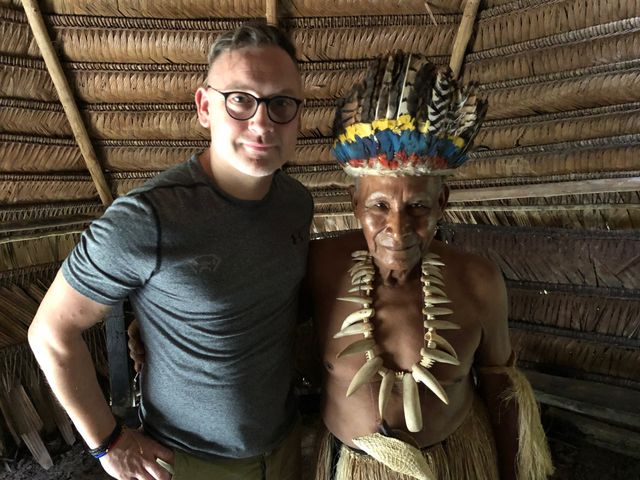
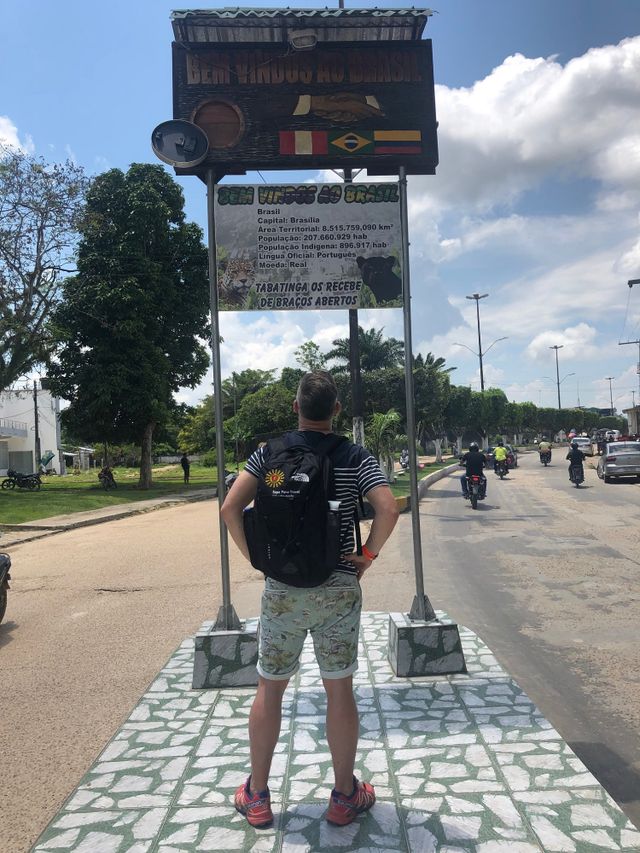
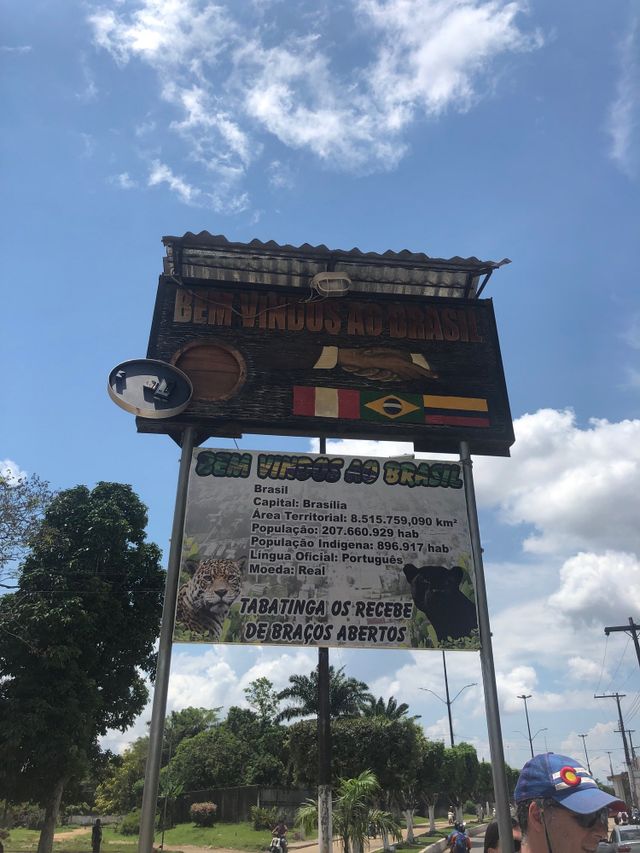
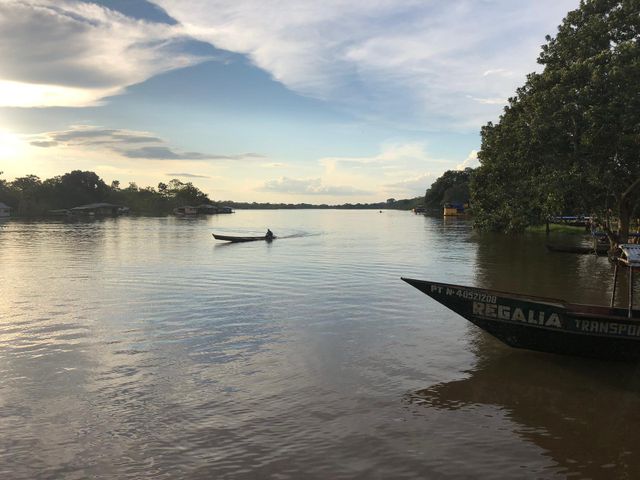
4. Between two volcanoes
Paso Tromén | Mamuil Malal between Chile & Argentina
Between Chile and Argentina are many beautiful border crossings, because the middle of the Andes Mountains runs exactly on the border between the two countries. While the border crossings in the north are characterized by their location at high altitude in desolate landscapes, the border crossings in the south are often surrounded by forests or lie in fertile valleys. I have chosen to include the Paso Tromén border crossing in this list, because this border crossing connects the Argentinean national park Lanin with the Chilean national park Villarica. The route on the Argentine side runs for a large part through an open landscape, passing some old lava fields. The landscape around the border consists of dense temperate rainforest with many ferns and trees. Where the crater of the Lanin volcano covered with eternal snow is a beacon on the Argentine side, the top of the Villarica volcano is on the Chilean side. Both customs offices are located in one building, in the middle of this breathtakingly beautiful forest.
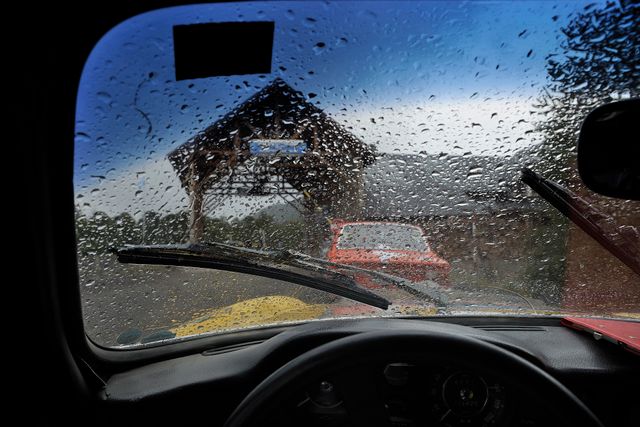
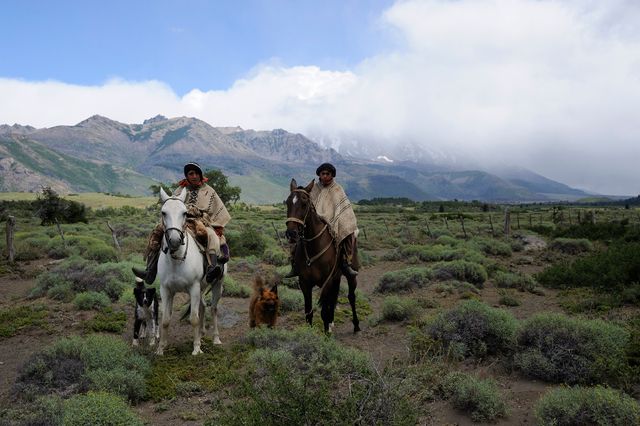
5. Waiting for the lovebirds
Macará between Peru & Ecuador
This border between Peru and Ecuador is formed by the Macará river. It is a small border crossing, because most traffic between Peru and Ecuador goes via Tumbes over the Panamericana. At this border crossing life has a somewhat slower rhythm. The customs officials generally don't have much to do and are usually in for a chat. When I wanted to cross the border from Peru, I had to be patient for a while. The official on the Ecuadorian side was having lunch in the village with his beloved one. After I sat in the sun for half an hour, my car was kindly cleared by both lovebirds. The route on the Ecuadorian side has many turns up and down. Sometimes you drive through cloud forest and then again through picturesque villages. In the afternoon you often drive on some parts through thick fog. This is evaporated ocean water, which gathers in clouds and in the afternoon collides with the mountain massif of the Andes.
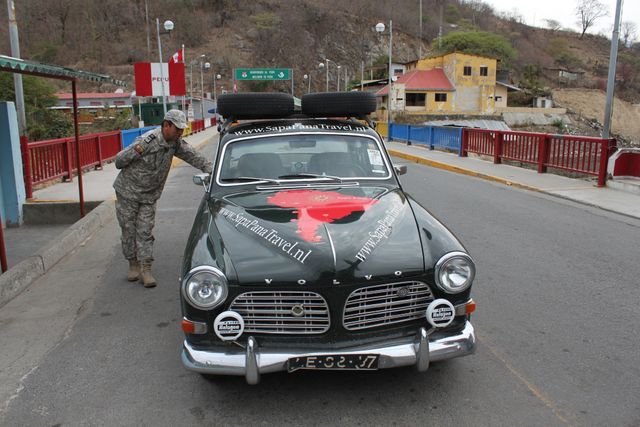
6. The border at the end of the world
Paso Fronterizo San Sebastián between Chile & Argentina
This border crossing is located on Tierra del Fuego, the large island at the bottom of the southern tip of South America shared by Chile and Argentina. This is the southernmost border crossing in the world, at least the one you can pass while driving. In the town of Punta Delgada the ferry arrives that connects Tierra del Fuego with the South American mainland. The route from here to the border crossing, to finally arrive in Ushuaia, was until recently unpaved. The Chileans refused for a long time to pave this route, which was mainly used to supply Ushuaia. In the meantime they have crossed their hearts and paved the road.
When you drive along this route to the south, you will notice that you are on your way to the end of the world. From the north, the route leads for a long time through a desolate landscape. As you get closer to Ushuaia, the southernmost city in the world, the landscape becomes more mountainous, varied and greener.
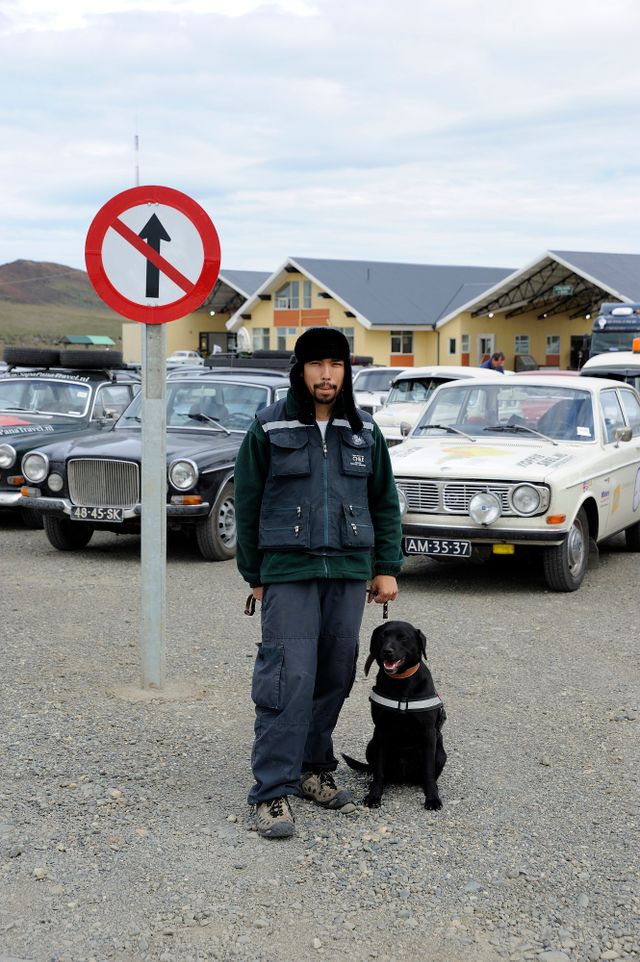
7. Border crossing of the burnt building
Paso Chungará | Tambo Quemado between Chile & Bolivia
This border crossing connects the Chilean port city of Arica with La Paz, the most important city of Bolivia. On the Chilean side, the route leads through the Lauca National Park, which is listed as a UNESCO World Heritage Site due to its spectacular landscapes and unique flora and fauna. The beauty of the Bolivian side, however, is not inferior.
Tambo in Quechua, the language of the Incas, means building. Quemado means burnt in Spanish. It is the imaginative name for a border crossing that will stay with me for the rest of my life. On the Panamericana Roadtrip, where we drove 83 classic Volvo's from Buenos Aires to the Colombian coastal town of Cartagena, I experienced my most epic day of travel ever.
Read more about this day

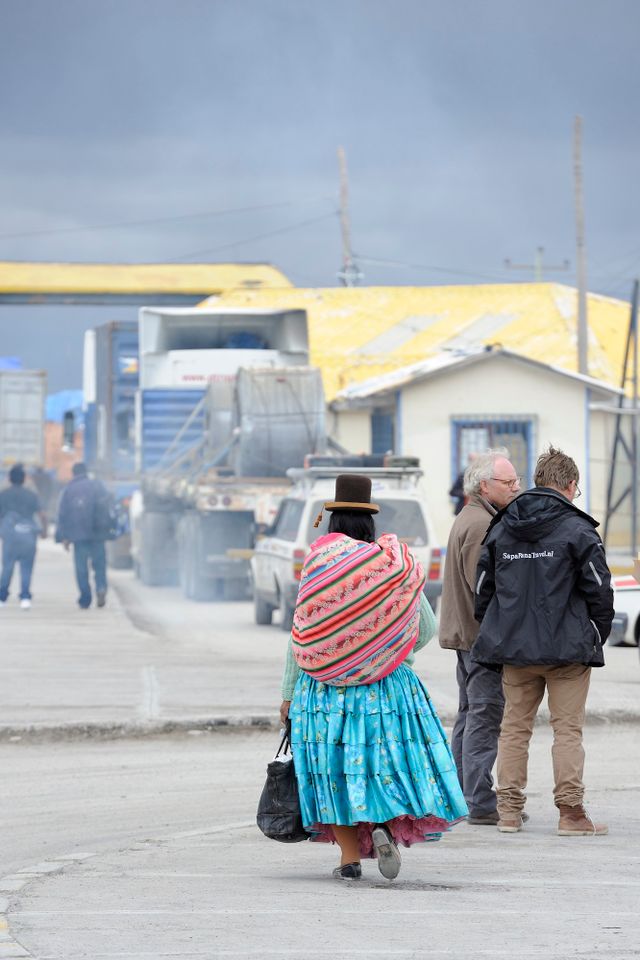
8. With the Aconcagua on the horizon
Paso Sistema Cristo Redentor between Chile & Argentina
This border crossing is located on the mountain pass that connects the Chilean capital Santiago with Mendoza, the city considered to be the centre of Argentine viticulture. On the Argentine side it's a hilly route and on the Chilean side it's a very winding road with many s-turns, where you pass a lot of differences in height in a short time. The route itself is not extremely high if you compare it to the more northerly border passes, but with the route you do pass the Aconcagua, with almost 7000 meters, the highest mountain in South America.
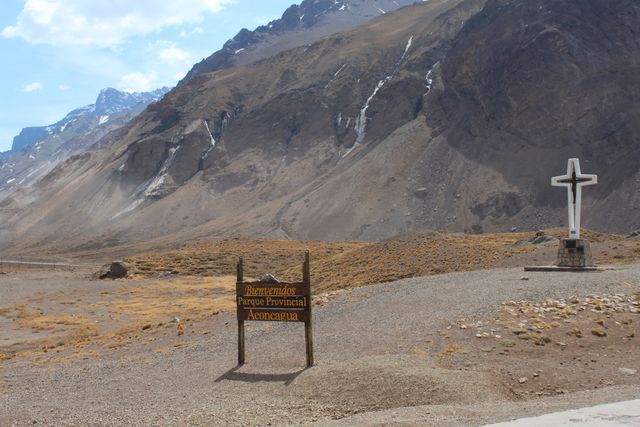
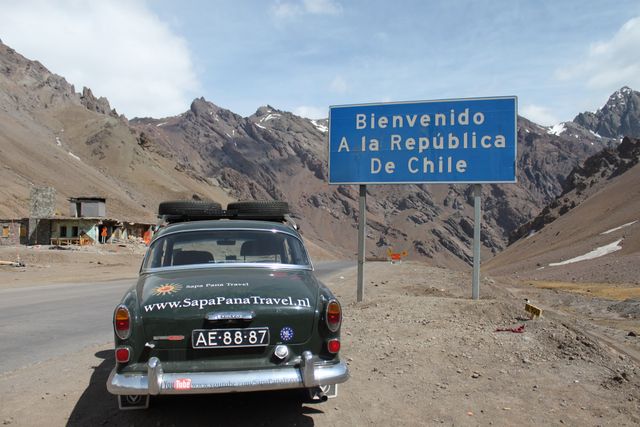
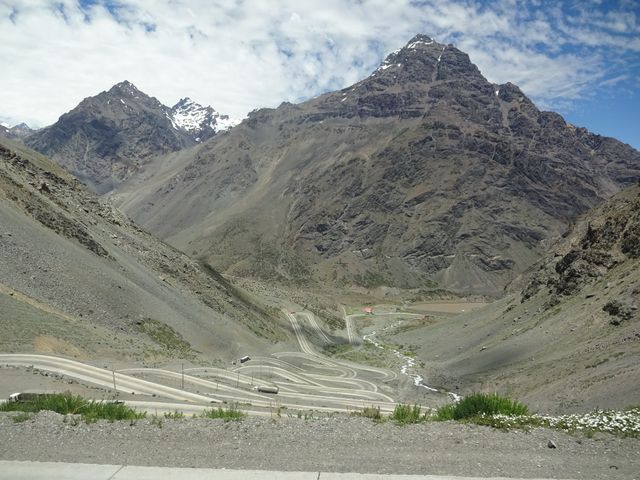
9. Gauchito Gil as patron
Paso Rio Jeinemeni between Chile & Argentina
This is one of the many beautiful border crossings between Chile and Argentina. This border crossing is located south of a gigantic lake. In Chile it is called the General Carrera lake and in Argentina the Buenos Aires lake. The border crossing connects the Chilean Carretera Austral with the Argentine Ruta 40.
When crossing this border I had to look for customs officers myself, otherwise I could have continued this way. The border crossing is rarely used, but it is a beautiful route. At this border crossing I saw a memorial place for Gauchito Gil in Chile. Gauchito Gil is a kind of Argentine Robin Hood and guardian angel for travellers. In Argentina you often see memorials of Gauchito Gil along the road.
Read more about Gauchito Gil

10. A drive-in border crossing
Between Puerto Iguazu in Argentina & Foz do Iguaçu in Brazil
This is the most widely used and famous border crossing between the two largest South American countries Brazil and Argentina. The actual border is marked by the Iguazu River which carries the water for the Iguazu Falls, the largest waterfalls in the world in terms of water volume and one of the most beautiful natural phenomena in the world. Thousands of people cross the border here every day, which is why a kind of 'drive in' counters have been created on both sides of the border. For the stamps in your passport you don't have to leave the car.
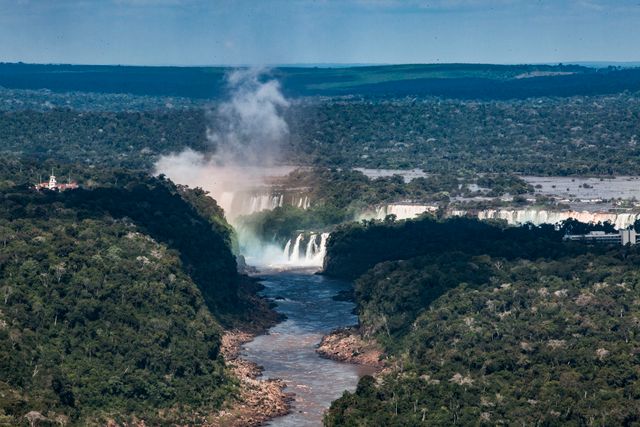
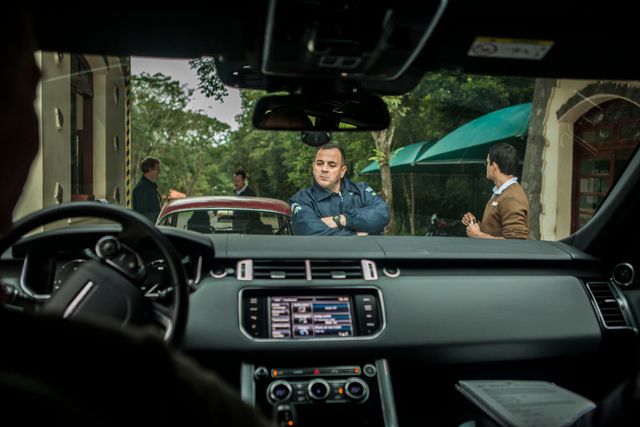
More about driving in Latin America?
It is also possible to make a tour through Latin America by car yourself. If you would like to know more about this, take a look at our website at driving. Do you have questions about a unique journey in Latin America, would you like a tailor-made travel proposal or would you like to make an appointment at our office? Feel free to contact us. Send an e-mail to info@sapapanatravel.nl or call us on +31 73 610 62 04. We are happy to help.
